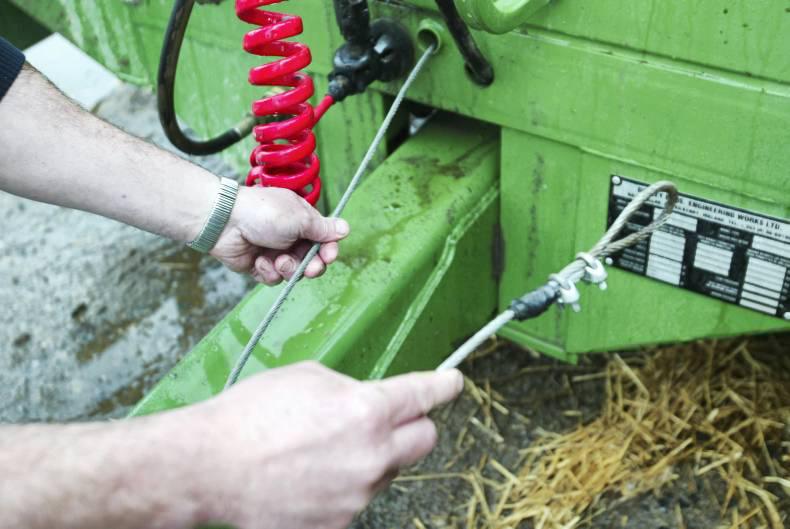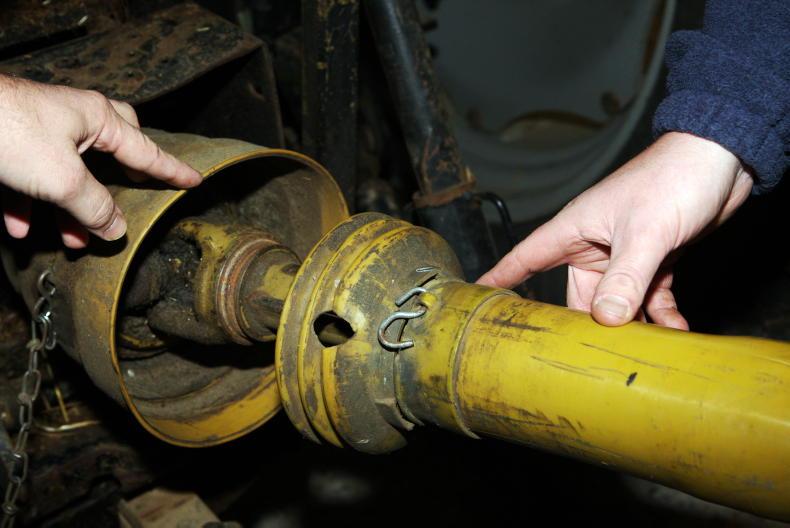This year agricultural trailers are the centre of conversation with the Revised Standards for Agricultural Vehicles.
The update is primarily concerned with the safety of operators and other road users. Trailers and tractors are nearly now over six times the weight and size of the agricultural vehicles when the first laws were introduced over 50 years ago.
Excessive speed and overloading are a bad cocktail when it comes to trailers. Many accidents have resulted from this scenario.
Trailers by design have a maximum gross weight permissible for use on the road. Under the new regulations, clear guidelines are given for braking efficiency and weights. Overloaded trailers will affect the braking performance and the stability of the trailer.
Weight is not always the problem with loaded trailers. High loads of straw and hay can affect the centre of gravity on the load. High speed around bends can lead to swaying and in some cases cause the tractor and trailer to turn over.
High loads of straw and hay should be strapped or tied down, and checked again a short time after loading, to remove any slack in the straps after the load settles. Knowing a comfortable speed for operation and taking care on unfamiliar roads is critical to ensure the safety of both the operator and the road user.
Arthur’s top tip
When loading trailers with materials, it is good practice to always look out for overhead network cables. ESB Network cables travel across many fields, delivering power to the farmyard and home.
Loading bales needs particular attention, as these high loads can come close to network cables. Special care should be taken when tying down the load to ensure that straps do not get thrown over on to electricity cables. Farmers also need to contact ESB Networks immediately it they suspect that there is a problem with the height or the strain on any part of the ESB Network line.
In the field, wet conditions and a slope are a real game changer when it comes to the handling of a trailer. Conditions like this make it ideal for a jackknife situation.
This happens when the weight and speed of the trailer push too much force against the towing vehicle. The result is often that the towing vehicle is pushed around 180° and the trailer rides over the top or overturns.
Situations like this are best avoided by assessing the risk, travelling at lower speeds and not making any unnecessary turns.
Wet mucky roads will also have the same effect. Travelling downhill on a slippy greasy road will reduce the braking efficiency.
Regardless of an air or hydraulic braking system fitted to the trailer, the friction between the surface of the road and the tyre is reduced and the operator may not be able to stop the vehicle if travelling too fast for the condition of the road. It is important to ensure that the tractor towing the load is of adequate size relative to the load on the trailer.
The trailer should be in good working condition and up to the new standards, which will help to reduce the potential risk. The new braking and axle standards for trailers manufactured after January 2016 are listed in Table 1.
This accident could happen today
The driver of a tractor and loaded grain trailer broke his ribs after being trapped beneath a wheel. He had been standing alongside the tractor to start the engine so that he could tip the trailer. He then reached in to operate the tip control. The handbrake was not fully on and as the grain started to come out of the trailer, the tractor moved forward, trapping him beneath the wheel.
This accident could happen today
A tractor driver was travelling along a road with a trailer. He was carrying a passenger who decided to travel on the drawbar of the trailer. He lost his balance and fell from the drawbar. The driver could not stop in time and the trailer wheels ran over his passenger. He died from severe head injuries.












SHARING OPTIONS